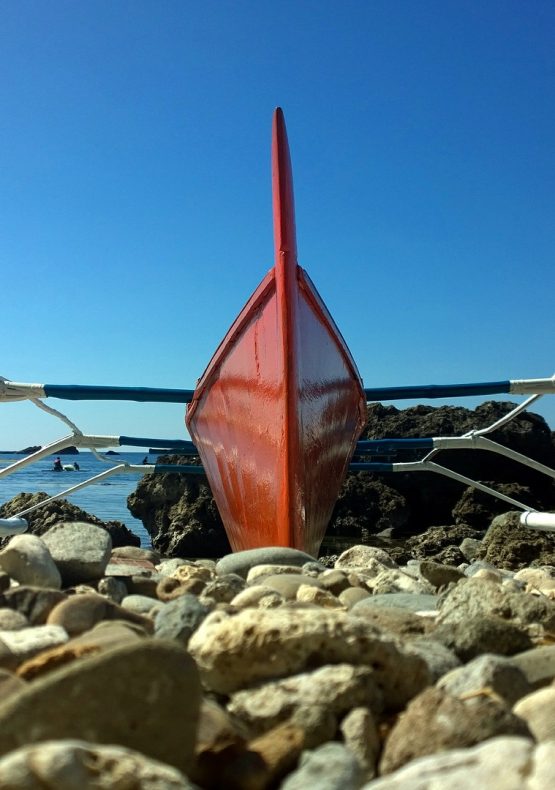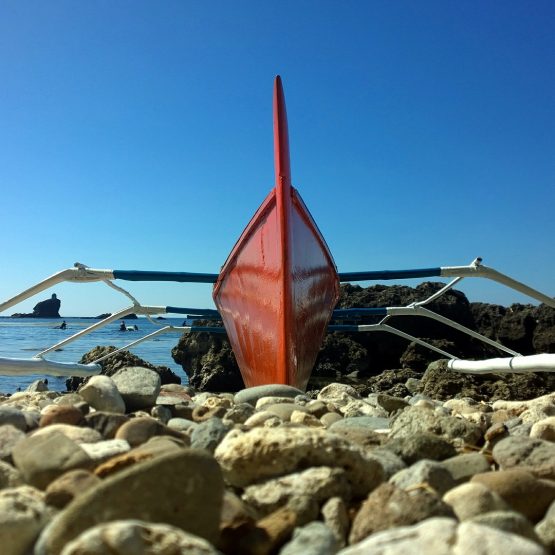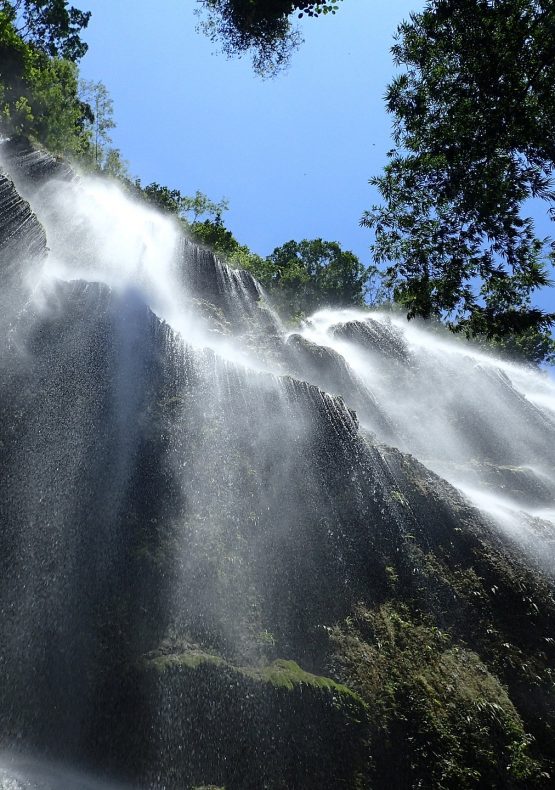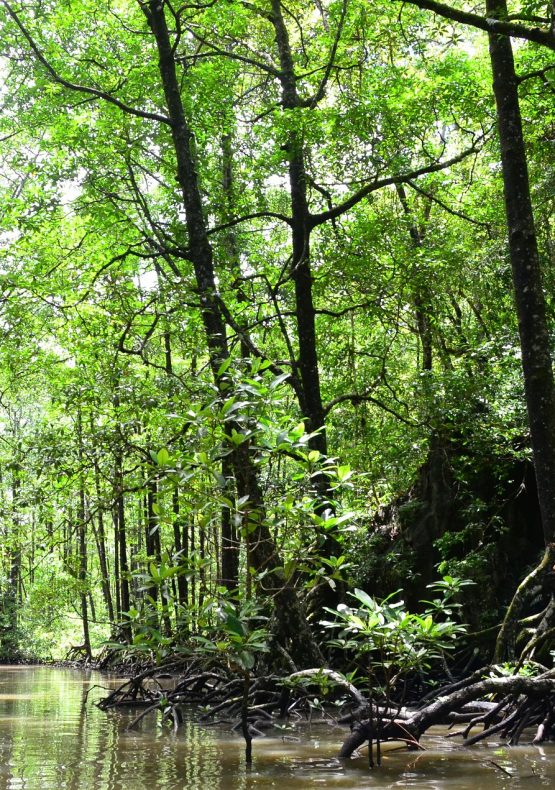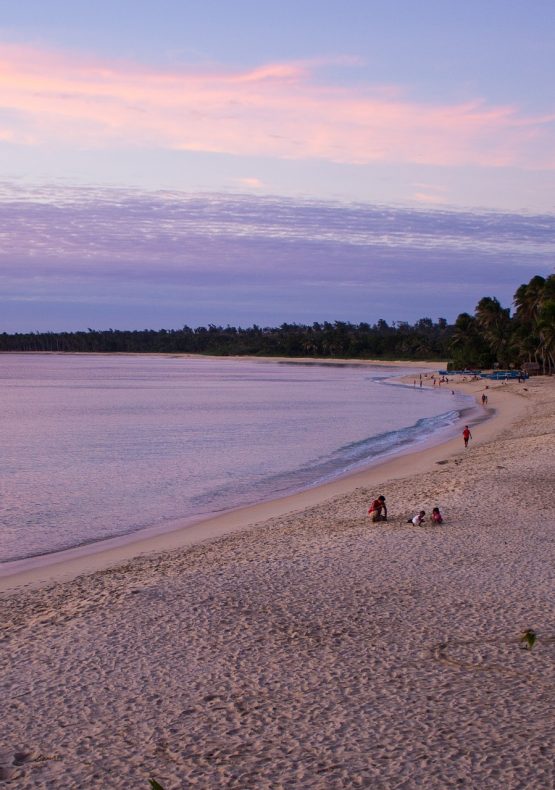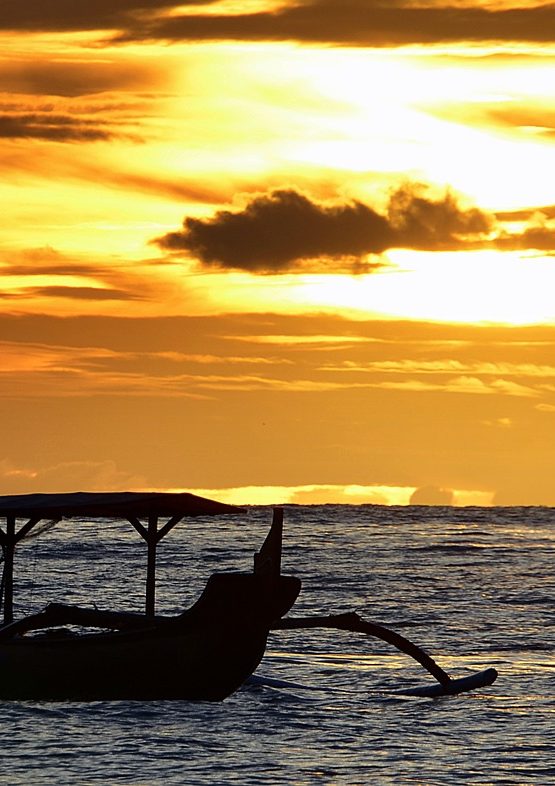Destination highlights
The city of Vigan is a spectacular Philippine city located in the region of Ilocos, in the western region of Luzon, one of the largest islands of the Philippine archipelago, on the coasts of the South China Sea. It is a historic city founded in the sixteenth century; a great well-preserved example of the Spanish colonial era in Asia, in which you can feel the fusion and cultural mixture of the oriental with the western, where large colonial houses predominate. With wooden balconies, cobblestone streets, where old carriages circulate and unhurried pedestrians, mansions more or less taken care of, that create an “old world” environment. “Bigan” means beautiful beach. The name derives from a plant called biga’a. From Manila, the capital of the Philippines, to this city there are approximately 336 kilometers; you can get to Vigan by bus, taxi or private vehicle, which can be rented at the International Airport.
About 8 hours by bus from the capital; the best option seems to fly to Laoag, in Ilocos Norte, and from there take another bus for two hours to Vigan. Architecturally speaking, it reflects the union of cultural elements from other parts of the Philippines, China and Europe, which converge in a culture and an urban landscape that has no equal in East and Southeast Asia. This city was included in the list of World Heritage properties in the year of 1999. The city is located in the delta of the Abra river. Almost half of the total area is still in use for agriculture. Two sides by the Govantes and Mestizos rivers delimit the Historical Core Zone.
Travel tips
The distribution of its streets, in the form of a checkerboard, traditional Spanish design, opens a main square in two parts: Plaza Salcedo and Plaza de Burgos. The Municipal Hall, the Provincial Capitol, and the second dominated the first by the cathedral. The urban plan of the city is adjusted to the Renaissance period, which is specified in the Law of the Indies for the 149 new cities of the Spanish Empire. It differs from the Spanish colonial populations in America in that, for example in Vigan, there is a mixture with the Chinese architectural structures. As for the construction materials used to build the city of Vigan were terracotta, wood, seashells, stones and lime. The cathedral of Vigan, denominated Metropolitan Cathedral of Saint Paul, is an example of baroque style, which is characterized by the strong presence of buttresses in its structure.
The reason for the inclusion of these elements was to protect these constructions from the frequent presence of earthquakes, a geological feature of all the regions located in the so-called “Pacific Ring of Fire”. The cathedral itself is a simple temple, without majesty. Twenty meters away is the bell tower, in a structure separated from the main building. This characteristic is also due to the presence of frequent telluric movements; thus, if an earthquake toppled one of the buildings, the other would have more chance to stand on its own.
The tourist cannot stop visiting the historical museum of the city, a typical colonial house, exactly the National Museum House of Father José Burgos, one of the three martyrs priests, executed in 1872. Built in 1788. It was used as a provincial prison before that it was turned into a museum. There are other places of tourist interest located in the vicinity of the cathedral: Plaza Burgos, and from this square you can access the Segovia Museum and the Palace of the Archdiocese of Nueva Segovia. Next to this square begins the street Crisólogo, known as the cobbled street, although it was not made with real cobblestones. On this street, you can only walk on foot or by horse transport, in “Kalesas”.
Many tourists who visit this street to stop at each of the many small shops where they sell antiques and crafts in wood, among other souvenirs. Near the street Crisólogo is the museum with the same name, which explains the life of the posthumous Vincent “Bingbong” Crisologo, prominent Filipino congressman, weapons lover and of the inclusion of military discipline in public life and in universities, from the house in which he resided. A good idea for those who are in Vigan is to end the day with the sunset at Mindoro beach. This beach is near the Vigan airport. It is a lonely and extensive beach with perfect sunset, facing west, as it should be. A peaceful place. Another beach worth visiting at sunset is Fort Beach, a little further away from Vigan, which presents an extraordinary landscape and a spectacular panorama.
On the way back from the beach to Vigan you can visit the “Hidden Garden” restaurant of a botanical garden museum, where it is worth taking advantage of and tasting new flavors, of exotic fruits, like the Dragon Fruit. A curious place, perfect for end the trip with a relaxed dinner in the company of thousands of plants and flowers, in addition to colorful fish. Although the most typical of Vigan are the “pork pie”, it is better to dine on a plate of squid stuffed with grilled vegetables. It is also worth visiting the “Dancing Fountain” to see its magical fountain that lights up before 8 pm, in which the water dances to the beat of the music, half an hour every day. Very nice the atmosphere created with this show. Couples, families, curious travelers, vendors of light toys for children and refreshments complete the atmosphere.
Hotel recommendations
The tourist activity in Vigan is characterized by a considerable amount of hotel facilities has arisen for all tastes and possibilities: As for lodging, Vigan stands out for its great variety of offers, standing out among the most visited: Hotel Veneto de Vigan, Gordion Hotel, Hotel Felicidad, Casa Rica Hotel, My Vigan Home Hotel, Regency Hotel de Vigan, Hotel Salcedo de Vigan, City Fernandina Hotel, Cordillera Inn and Hotel Luna Annex.

